Bali to Komodo, October 1999
|
|
|
 |
page 8 of 9 |
 |
|
Komodo and Rinca
|
|
(Click any photo throughout to see a larger version) |
|
|
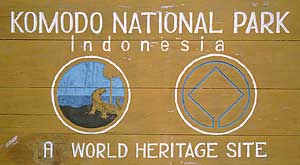
|
|
|
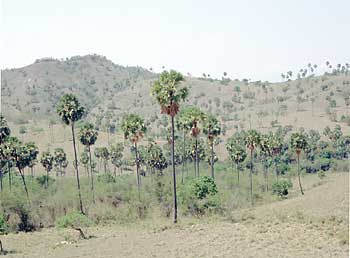
|
|
Komodo, its neighbor Rinca, and the other islands in this area are not
wet, lush, and green like most tropical islands. High mountains on Sumbawa to
the west and Flores to the east block the monsoon weather that would otherwise
drench this area as it does the surrounding islands. Some rain falls between
November and April, but when we visited at the end of October the hillsides
were generally brown with dead grasses. It looked a lot like California
hillsides in autumn, actually, if you ignored all the palm trees. But why would
you want to do that? These ones are Lontar palms, sometimes called Lollipop Palms
for their circle-on-a-stick shape.
|
|
|
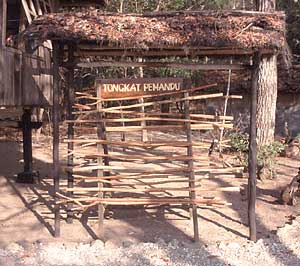
|
|
In Komodo dragon country, no one can venture past the ranger station without an
accompanying ranger. The rangers carry these forked sticks to fend off overly
inquisitive dragons. Despite every documentary you've ever seen about Komodo
dragons, they are typically very unaggressive towards people, and either ignore humans or
meander away from them.
|
|
|

|
|
Here's the largest kind of lizard in the world roaming free on its home island. It's using
its long forked tongue to smell the air as it searches for food. And no, it did not consider
us food; it was aware of our presence and didn't want us to get too close.
|
|
|
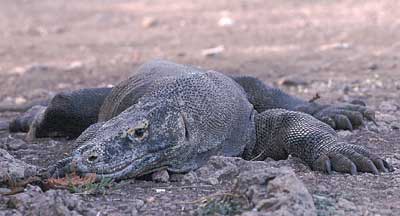
|
|
Here's a great big eight-footer or so thermoregulating, that is, keeping its temperature
under control. The more massive dragons spend most of their waking hours lounging alternately
in the shade and the sun so they don't get too hot or too cold.
|
|
|
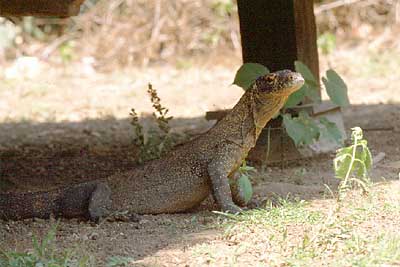
|
|
Here's a much younger, smaller, and more active dragon pausing for a moment in the shade. You can see
a few more pictures of Komodo dragons elsewhere on my web site.
|
|
|

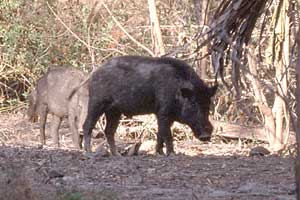
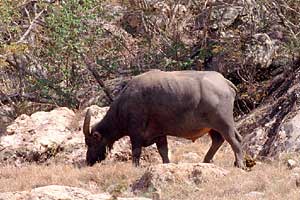
|
|
Here are a trio of mammalian munchies for the discriminating dragon. The local Timor Deer
are the primary food of adult Komodo dragons, though they also eat a fair amount of wild
pig and the occasional water buffalo. The dragons are both scavengers and predators, and adults
are clearly riding atop the local food chain.
One interesting note: all the large mammals on these islands seem to have been introduced
by people sometime in the last few hundred years. So what did those really big Komodo
dragons eat a million or two years ago? Biologists Jared Diamond, Walter Auffenberg and
others believe that it's likely the dragons evolved to be so large to better consume
the pygmy elephants that used to live in this area. Lizards eating elephants -- I love it!
|
|
|
|
|








